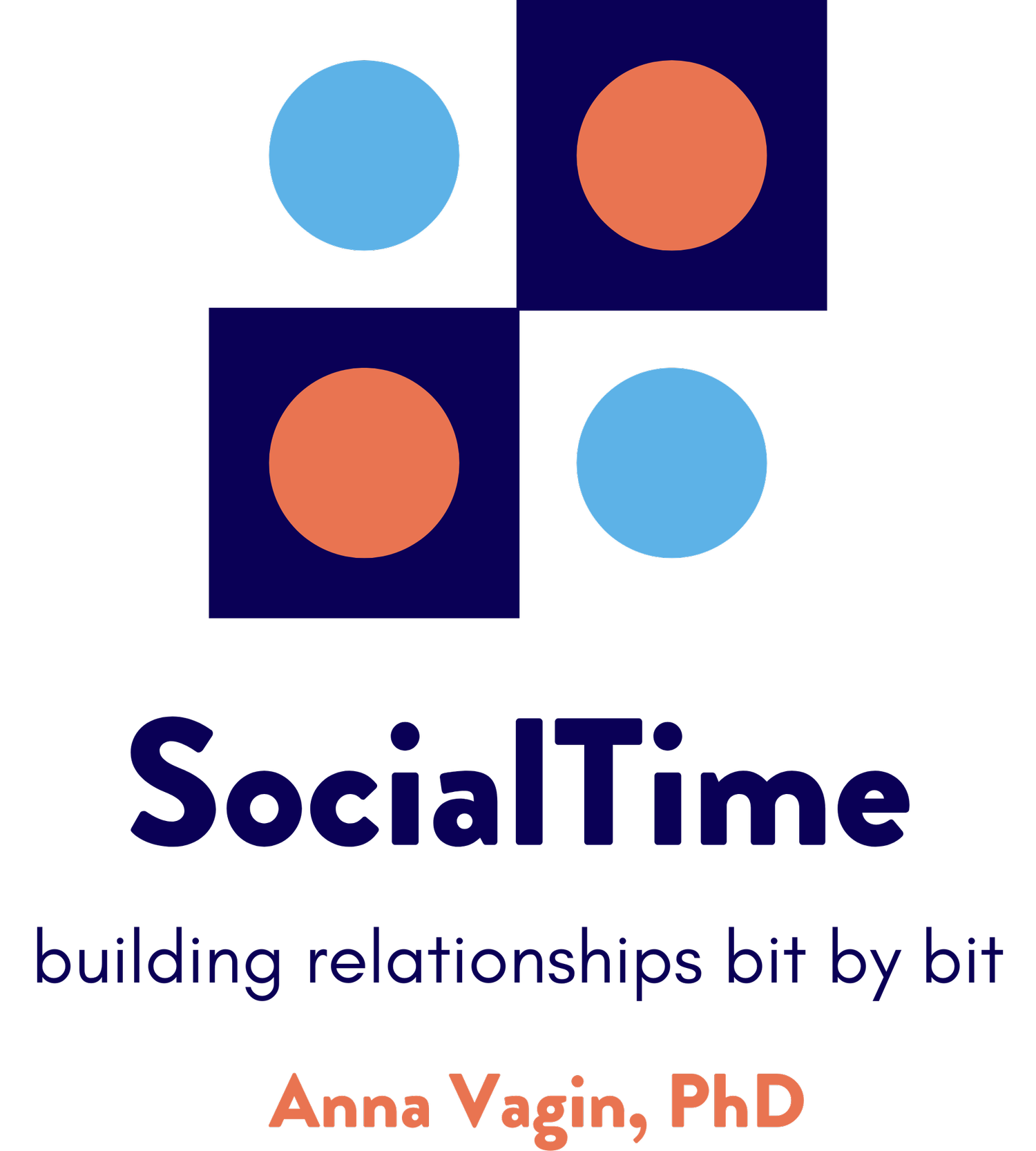Building bridges from characters to self
Student work with YouTube video: "Wild Dogs" by Catherine Hicks.
Left: Student illustration of uncomfortable feelings between characters.
Right: Student illustration of uncomfortable feelings on a playdate.
Happy May, everyone! Whether you’re in the midst of beautiful spring weather or being reminded that, yes, sometimes it rains in May, I hope your month is starting off well. I find May to be an interesting month – a good time to reflect on the past school year. To consider what I have accomplished (or maybe not quite) and to have conversations with my students about their accomplishments – how they may have grown and changed during this school year. Surrounded by blooming trees and bulbs, it’s a good time to pause and appreciate growth, and all the feelings that surround changing and evolving.
To facilitate all these discussions, let’s talk about a great video Wild Dogs, by Catherine Hicks. Like so many animations I recommend, Wild Dogs can be used for both basic feelings work (happy, sad, mad, worried) but also for much more sophisticated feelings work (frustrated, jealous, vengeful.) And that means we can use it with lots of different groups. It’s a great video to jumpstart work examining how feelings, relationships, and changing go hand in hand.
We can start with focusing on how feelings are such a part of “Wild Dogs”:
How many feelings can students identify? So many more than just "happy", "sad" and "mad"! There's "frustrated", "excited", "disappointed", "confused", and more.
Notice how often feelings change quickly, just like in real life. Comfortable and uncomfortable feelings can switch of fast.
Could you (and maybe a partner) do a voiceover? How would your tone reflect the feelings and thoughts of the two characters?
Disappointment is a feeling we observe in this video - how do the characters handle that feeling?
You can also consider the relationship between the characters, exploring the many moments when they don’t get along. A great time to make illustrations, including feelings, talk and thought bubbles. Discuss the storyline – how one dog was sneaky, the other felt taken advantage of, etc. How about that ending – who ended up with the best result?
Then, make the bridge to self-reflection. Moving from that character focus to the idea that sometimes people don’t get along, just like the characters in Wild Dogs. How do we handle our own feelings of disappointment? How does our ability to handle disappointment change over time – as we practice and learn new skills?
Here’s a great example of change illustrated by a student a few weeks back:
A classic situation. A group of students votes on whose idea for an experiment to implement. It’s not my student’s idea, so they are disappointed. The sketch on the left shows how they were mad at a 1.1/5.0 and sad at a 0.3/5.0. Judgement of problem size? 0.5. Clearly loving fractions! Also, note the two strategies this student was able to use – taking a deep breath and thinking “it’s ok.” Yay!!
Then I asked this student to draw how he would have handled the situation four months ago -that’s the sketch on the right, showing that they would have tried to convince classmates, argued and asked them over and over. Problem size – 2.5, so much bigger! What a wonderful reflection by the student. The student paused, considered both sketches and smiled. “I guess I’m figuring things out.” Yep!
There are so many ways to bridge from animations to real life discussions and self-reflection. Later this month – another great animation that can help you do just that.
Take good care as we appreciate the good changes around us,




